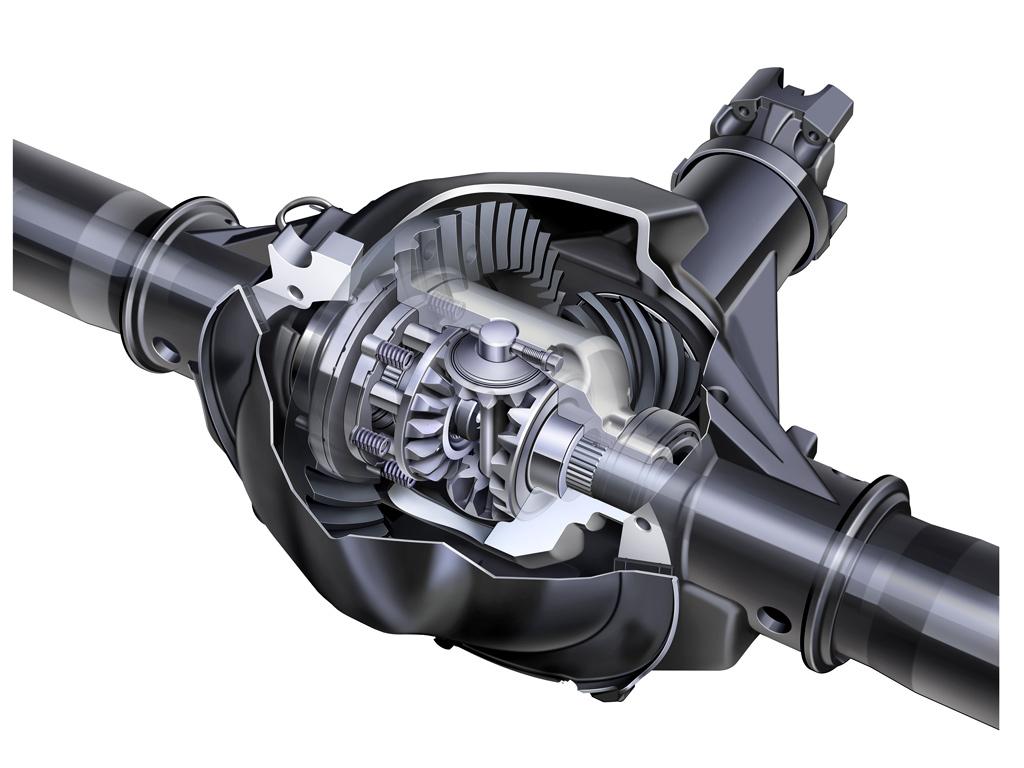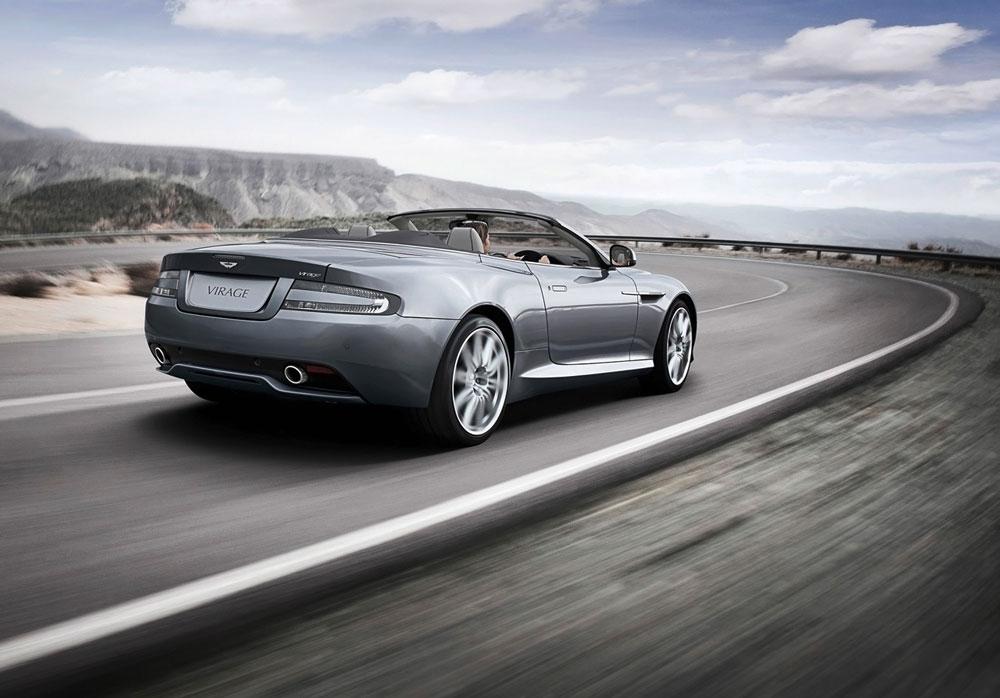To understand how a differential works, you have to have a clear idea about its definition and its role in the functions of a vehicle. The differential helps a vehicle to make a corner by diving the engine torque two ways, forcing each output to rotate at different speeds.
Contents
What Is a Car Differential?
It is a component that balances out the travel distance between the inner and outer wheels when the vehicle goes around a corner. It lodges in the same casing with the transmission in a front-wheel-drive car while there is a separate housing for the component in a rear-wheel-drive car.
All the cars and trucks these days including plenty of all-wheel-drive models have the differential. The all-wheel-drive vehicles need more than one differential. You will find it between each set of drive wheels and another one between the front and the back wheels.

What Does a Differential Do?
There is no need of an auto differential if you can drive the car on the road without making a turn. But, that is virtually impossible. You have to turn the car around corners and this is where the differential comes into play.
The wheels of a car rotate at various speeds when turning. The travel distance of the inside wheelset is shorter than the outside wheelset at the time of making a turn. It means that the inside wheelset travels slower and the car is unlikely to run in that condition. The differential is necessary to balance out that speed differences.
This is not a problem on the vehicles with non-driven wheels because they spin independently of each other as they are not linked to each other. But, a car differential plays a vital role when it is driven wheels. These are connected together and both are under the control of a single engine and transmission. Without a differential, these would have been required to be connected together to rotate at the same speed and cover the same distance, which will make turning the car extremely difficult.
If you want to get a primary assumption of how a differential works, it performs three functions:
- To transmit the engine power to the wheels
- Slowing down the rotation speed of the transmission before it goes to the wheels
- Splits engine power to the wheels while letting them spin at two different speeds
SEE MORE
How a Differential Works
The mechanism of differential involves splitting power to the wheels and allowing each one to rotate independently. If one wheelset is rolling slowly; thereby, covering a shorter distance, the differential will help the other wheelset to keep rotating without skidding. It also prevents the shredding of the tires and loss of torque.
How does a differential work? We will discuss two of the most common types – open differential and LSD differential – to give you an idea about the device’s mechanism.
How a Differential Works – An Open Differential
An open differential is the simplest of all the available differential types. When a vehicle a running straight on the road, the input pinion in the differential turns the ring gear and cage but none of the pinions within the cage spin. The side gears stay attached to the cage during this time.
When the car starts driving around a corner, the wheels start rolling at different speeds. The cage’s pinions begin rolling at this time, allowing the wheels to keep rotating at two different speeds. Suppose, If the ultimate drive ratio is 5, the teeth of the ring gear will be 5 times than the input pinion because of the unique mechanism of the differential. As a result, the car can easily make the turn without forcing the wheels to maintain the same speed.

How a Differential Works – A Limited Slip Differential
However, vehicles with an open differential are not suitable for driving in off-road conditions and on thin layers of ice. A limited slip differential (LSD) could be the solution and the clutch-type LSD could be the most common in this category.
The clutch-type has all the components of an open differential in addition to a clutch set and spring pack. The clutches are linked to the cage and the spring pack forces the side gears against them when the car is making a corner.
The clutches do not involve when the car moves straight. Only the cage spins and the side gears spin with it. But, when the speed between the wheelsets differ, the clutches step in and force the wheels to rotate at the same speed.
For one wheelset to rotate faster than the other, it has to produce a certain amount of torque to override the clutch set. The clutch set’s friction and the rigidity of the springs combinedly calculate the amount of torque required to overpower the clutches. Vehicles with an LSD can move forward on ice-covered roads although not with their full power.
>> Buy a used car from reliable Japanese sellers here <<



